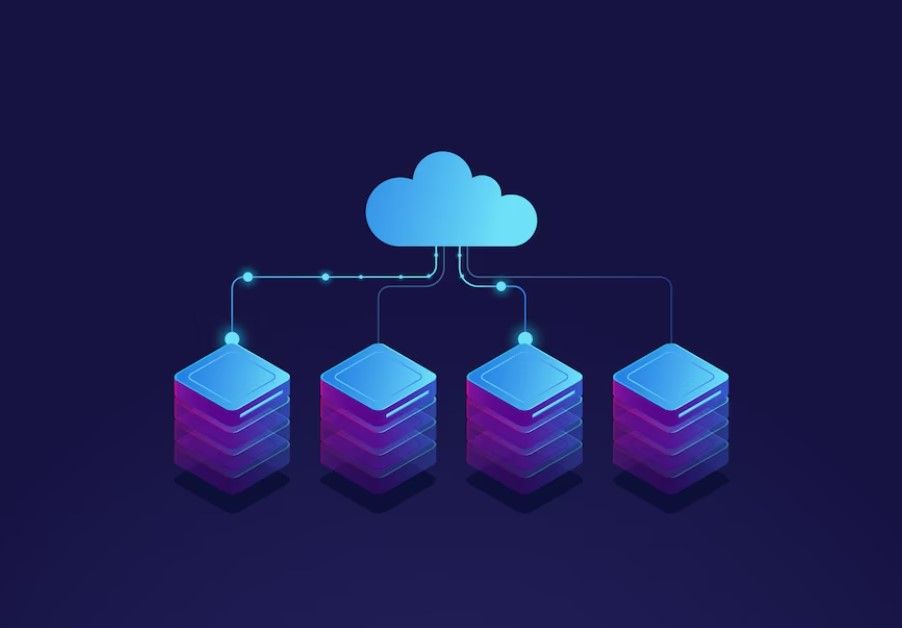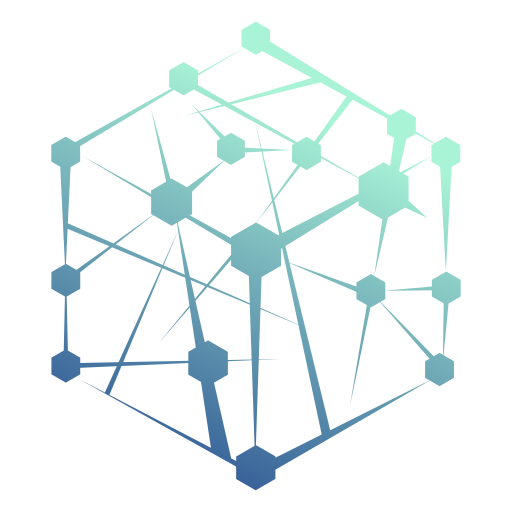Cloud Architecture and Resilience for Maximum Application Uptime

Are you looking for ways to enhance the uptime of your applications, so you can experience maximum performance?
In this blog post, we will discuss cloud architecture and resilience, the benefits , best practices, how to design a resilient application, and strategies for achieving cloud resilience. We'll also talk about some of the tools and services you can use to make the cloud more resilient, as well as how to optimise the architecture and resilience of the cloud so that applications are up as much as possible.
What is Cloud Architecture and Resilience?
Cloud architecture and resilience are two interrelated concepts that refer to the ability of an application to remain available and recover from any disruptions. Cloud architecture refers to the logical and physical structure of a cloud system, while resilience refers to the ability of the system to withstand and recover from any unexpected events. Together, cloud architecture and resilience make it possible for applications to stay online and quickly get back to normal after problems.
Types of Cloud Architecture and Resilience
There are two main types of cloud architecture and resilience: Disaster Recovery and High Availability. Disaster Recovery focuses on the ability of an application to recover quickly from any disaster or disruption. This is done by creating a copy of the application and data in a different location and using it to recover the application and data in the event of a disaster.
High Availability focuses on preventing any disruption or downtime by ensuring that the application is always available. This is done by deploying multiple copies of the application and data in different locations and leveraging services and tools that can help ensure maximum uptime.
Benefits of Cloud Architecture and Resilience
There are several benefits of leveraging cloud architecture and resilience for maximum application uptime.
- Improved application performance:. With cloud architecture and resilience, you can ensure that your applications are always available and can quickly recover from any disruptions. This can help improve the performance of your applications and ensure that they are always running optimally.
- Improved customer experience: By ensuring that your applications are always available and can quickly recover from any disruptions you will improve customer experience as your customers will be able to access your services when needed.
- Cost savings: By leveraging cloud architecture and resilience, you can reduce the cost of running and maintaining your applications. This is because you can reduce the amount of time and resources required to maintain and recover your applications in the event of a disaster.
Cloud Architecture and Resilience Best Practices
There are several best practices that you should follow to ensure maximum application uptime.
The first best practice is to use redundant infrastructure. This means having multiple copies of the application and data in different locations. This can help ensure that your applications remain available even if one of the locations is unavailable.
The second best practice is to use automated backup and recovery. This means leveraging tools and services that can automatically back up your applications and data and quickly recover them in the event of a disaster.
The third best practice is to use a distributed architecture. This means distributing your applications and data across multiple locations and leveraging services and tools that can help ensure maximum uptime.
Designing a Resilient Application
When designing a resilient application, there are a few key considerations that you should keep in mind.
- Scalability. You need to design your application in such a way that it can easily scale in the event of increased traffic or usage. This can be done by leveraging services and tools that can help you easily scale up or down.
- Security. You need to ensure that your application is secure and can withstand any attacks or malicious activities. This can be done by leveraging security tools and services that can help you protect your application from any threats.
- Availability. You need to ensure that your application is always available and can quickly recover from any disruptions. This can be done by leveraging services and tools that can help you ensure maximum uptime.
Tools and Services for Cloud Resilience
There are several tools and services available for cloud resilience.
The first tool is a cloud monitoring tool. This can help you monitor your applications and detect any issues or disruptions quickly. This can help you take corrective measures to prevent any disruptions and ensure maximum uptime.
The second tool is a backup and recovery tool. This can help you quickly back up your applications and data and quickly recover them in the event of a disaster.
The third tool is a load balancer. This can help you distribute the load across multiple servers and ensure that your applications remain available even during peak traffic.
Optimizing Cloud Architecture and Resilience
Once you've set up a resilient cloud architecture and put best practises and strategies into place, it's important to optimise the architecture and resilience for the most uptime for your applications.
The first step is to monitor your applications and detect any potential issues or disruptions. This can help you fix problems before they happen and make sure you have the most uptime possible.
The second step is to leverage cloud services and tools that can help you optimize your applications for maximum uptime. This includes leveraging services such as load balancers, auto-scaling, and backup and recovery tools.
The third step is to regularly test and review your architecture and resilience. This can help you identify any potential issues or vulnerabilities and take corrective measures to ensure maximum uptime.
Conclusion
Cloud architecture and resilience are two interrelated concepts that refer to the ability of an application to remain available and recover from any disruptions. By leveraging cloud architecture and resilience, you can improve your application performance and ensure that it runs with maximum uptime.
There are several benefits of leveraging cloud architecture and resilience for maximum application uptime, such as improved application performance, improved customer experience, and cost savings.
There are several best practices that you should follow to ensure maximum application uptime, such as using redundant infrastructure, using automated backup and recovery, and using a distributed architecture.
For cloud resilience, there are a number of tools and services available, such as a tool for monitoring the cloud, a tool for backup and recovery, and a load balancer.
Lastly, it is important to optimize the architecture and resilience for maximum application uptime. This includes monitoring your applications, leveraging cloud services and tools, and regularly testing and reviewing your architecture and resilience.
If you want to learn more about cloud architecture and resilience and how you can leverage it for maximum application uptime, talk to us for a specialist consultation.
